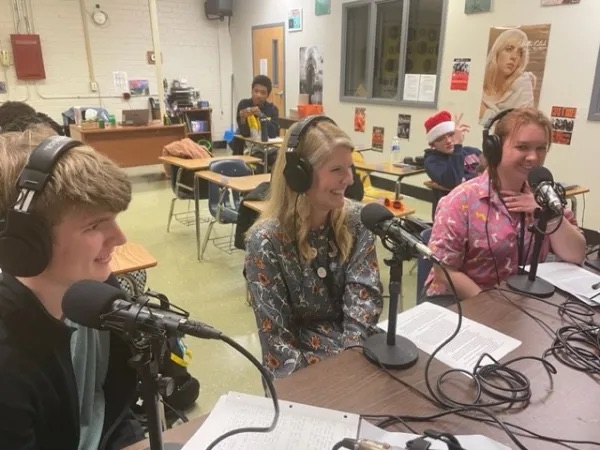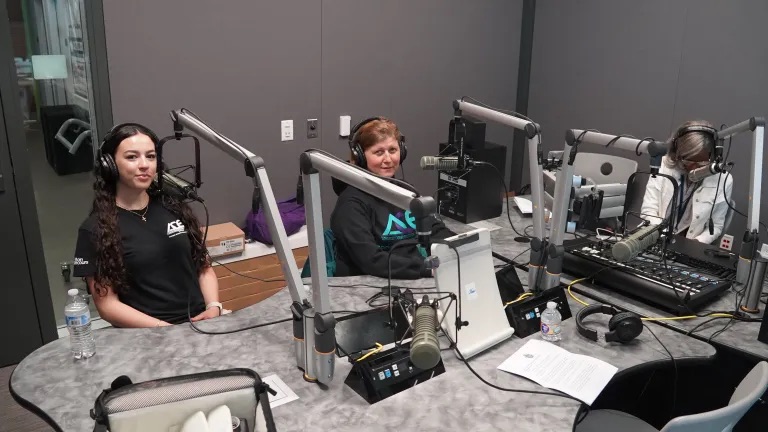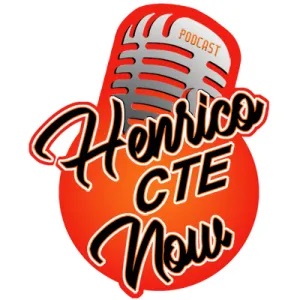Advanced Career Education Center at Hermitage
ACE Center at Hermitage instructor: V. Gifford
Virginia course title: Radio Communications I, Radio Communications II
Radio Broadcasting and Journalism students receive their training in communications, broadcasting and journalism. This two-year program includes both lecture-based and hands-on classes in radio and broadcast equipment, mass media and radio speech techniques. Students often gain practical experience working with local media outlets or at WHCE Mix 91, Henrico County's own 3,000-watt FM radio station. Topics included in communications and broadcasting courses include:
Beginning Electronic Media
This aspect of the program familiarizes students with the basics of electronic media, which they build upon throughout the program. Students practice using microphones and audio systems, and create commercials and audio clips they present in class. This radio broadcasting course is a practical, hands-on course that allows students to get their feet wet in electronic media and decide if they want to pursue careers in the field.
Radio Operations
Students become familiar with radio equipment and its practical uses, including editing and producing clips using microphones and audio consoles. In the second-year class, students operate alert systems equipment used to communicate with the FCC. This is hands-on through which candidates have access to radio equipment for class assignments.
Broadcasting
Combines common techniques used in radio and sportscasting. Students are required to develop communication skills and practice developing stories by interviewing subjects. They practice creating radio announcements and reading the game commentary. Often, candidates are required to attend a specified number of events and create reports for them. Students do an on-air shift at Mix 91 FM.
Radio Performance
Students have the opportunity to practice proper diction and pronunciation, examining how different styles convey a different feel. In addition to honing their radio personalities and professionalism, candidates examine how, especially in sports and politics, listeners expect a certain station to have a specific slant. Students also begin planning radio shows, complete with station events, air breaks, commercials and music.
Broadcast Announcing
This part of the class emphasizes brand creation for radio stations and programs. Students develop marketing materials and learn ways to study and anticipate the way listeners may react. They also practice promoting the station by examining methods to encourage individuals to listen, using methods like prizes, giveaways and contests. Information about booking guests, screening calls and creating playlists to keep listeners engaged may also be covered.
Students can become certified in:
Audio-radio production.
Workplace-readiness.
For questions, contact the pre-engineering and industrial careers, agricultural education and JROTC specialists.
Please see your counselor or instructor if you have questions.
U.S. Bureau of Labor Statistics, Occupational Employment Statistics click here.








